China’s financing and investment spread across 61 BRI countries in 2023 (up...
2024-02-27 31 英文报告下载
The United States is an Indo-Pacific power. The region, stretching from our Pacific coastline to the Indian Ocean, is home to more than half of the world’s people, nearly two-thirds of the world’s economy, and seven of the world’s largest militaries. More members of the U.S. military are based in the region than in any other outside the United States. It supports more than three million American jobs and is the source of nearly $900 billion in foreign direct investment in the United States. In the years ahead, as the region drives as much as two-thirds of global economic growth, its influence will only grow—as will its importance to the United States. The United States has long recognized the Indo-Pacific as vital to our security and prosperity. Our ties were forged two centuries ago, when Americans came to the region seeking commercial opportunities, and grew with the arrival of Asian immigrants to the United States. The Second World War reminded the United States that our country could only be secure if Asia was, too. And so in the post-war era, the United States solidified our ties with the region, through ironclad treaty alliances with
Australia, Japan, the Republic of Korea (ROK), the Philippines, and Thailand, laying the foundation of security that allowed regional democracies to flourish. Those ties expanded as the United States supported the region’s premier organizations, particularly the Association of Southeast Asian Nations (ASEAN); developed close trade and investment relationships; and committed to uphold international law and norms, from human rights to freedom of navigation.The passage of time has underscored the strategic necessity of the United States’ consistent role. At the end of the Cold War, the United States considered but rejected the idea of withdrawing our military presence, understanding that the region held strategic value that would only grow in the 21st century. Since then, administrations of both political parties have shared a commitment to the region. The George W. Bush Administration understood Asia’s growing importance and engaged closely with the People’s Republic of China (PRC), Japan, and India. The Obama Administration significantly accelerated American prioritization of Asia, investing new diplomatic, economic, and military resources there. And the Trump Administration also recognized the Indo-Pacific as the world’s center of gravity.

标签: 英文报告下载
相关文章
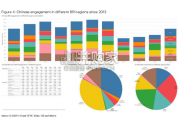
China’s financing and investment spread across 61 BRI countries in 2023 (up...
2024-02-27 31 英文报告下载

Though the risk of AI leading to catastrophe or human extinction had...
2024-02-26 51 英文报告下载
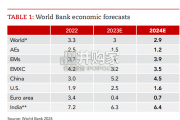
Focusing on the prospects for 2024, global growth is likely to come i...
2024-02-21 96 英文报告下载
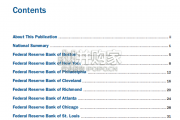
Economic activity declined slightly on average, employment was roughly flat...
2024-02-07 67 英文报告下载
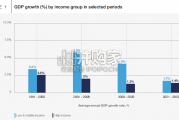
Economic growth can be defned as an increase in the quantity or quali...
2024-02-06 82 英文报告下载
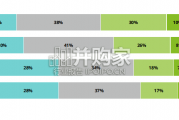
In this initial quarterly survey, 41% of leaders reported their organizatio...
2024-02-05 66 英文报告下载
最新留言